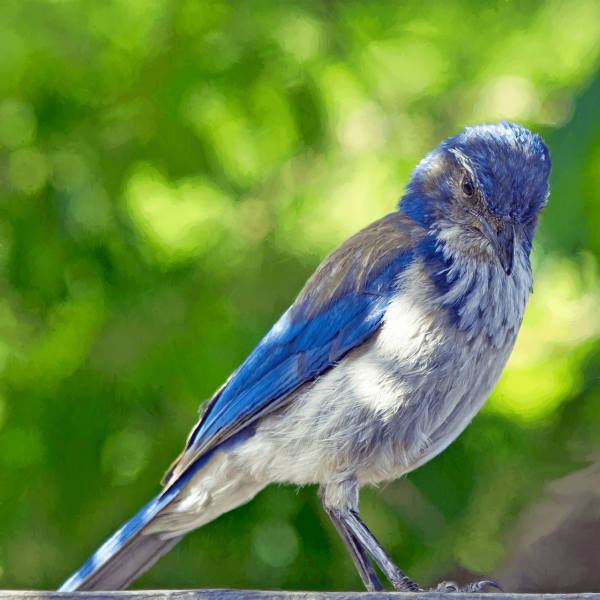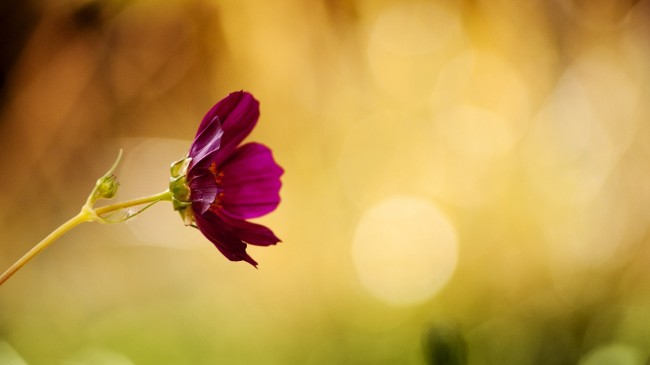What is Bokeh?
You may have heard the term “Bokeh (bow – keh)” before. Whether it be around some other photographers, or you happen to come across it in the iPiccy Photo Editor (it’s under the photo effects in the “Advanced” section). It may be a term you’ve come across before, but it almost definitely an effect/style you have seen before. Many people simply describe it as a blurry background which isn’t entirely inaccurate. In fact the “bokeh” comes from the Japanese word meaning “blur”. Anyway, this is an example of Bokeh:
Bokeh serves many purposes. It adds an effect that generally either brings your attention to an intended target by surrounding it with out-of-focus light, or is meant to give you a certain feeling (there are many feelings often associated with bokeh such as nostalgia, reverie, happiness, whimsy, soothing, dizzy, fear, it has quite a wide array). While you can do this in iPiccy like I mentioned earlier, it will make your life significantly easier if you set up your bokeh while actually taking the picture.
How Does Bokeh Work?
To understand Bokeh, you have to understand focus and depth of field. When putting an object in focus it means your making it more clear and crisp. In the picture above, the apple is in focus, and the background lights are out of focus. What is depth of field? It’s the are a that is in focus. I personally understand it and explain like this: it’s a box that contains subjects in focus that moves forward and backward from the camera depending on your zoom/focus. For more mathematically inclined people it moves forward and backward on the the Z-axis beginning with the end of the camera.
You’re probably now asking how to control depth of field and focus to create a bokeh effect. Well now it all depends on the lens attached to your camera. Different lenses have different depths of field, some are very shallow and others are very deep. For bokeh you’d likely prefer the shallow depth of field. From there, you essentially play with your focus and zoom until only your desired subject is in your depth of field “box”. Congrats! You’ve created a bokeh effect, you’re on your way to creating images like these:
Practice makes perfect though! So you may not make beautiful images like these right away. Everyone starts somewhere, and now that you know the process so you can work on it!



